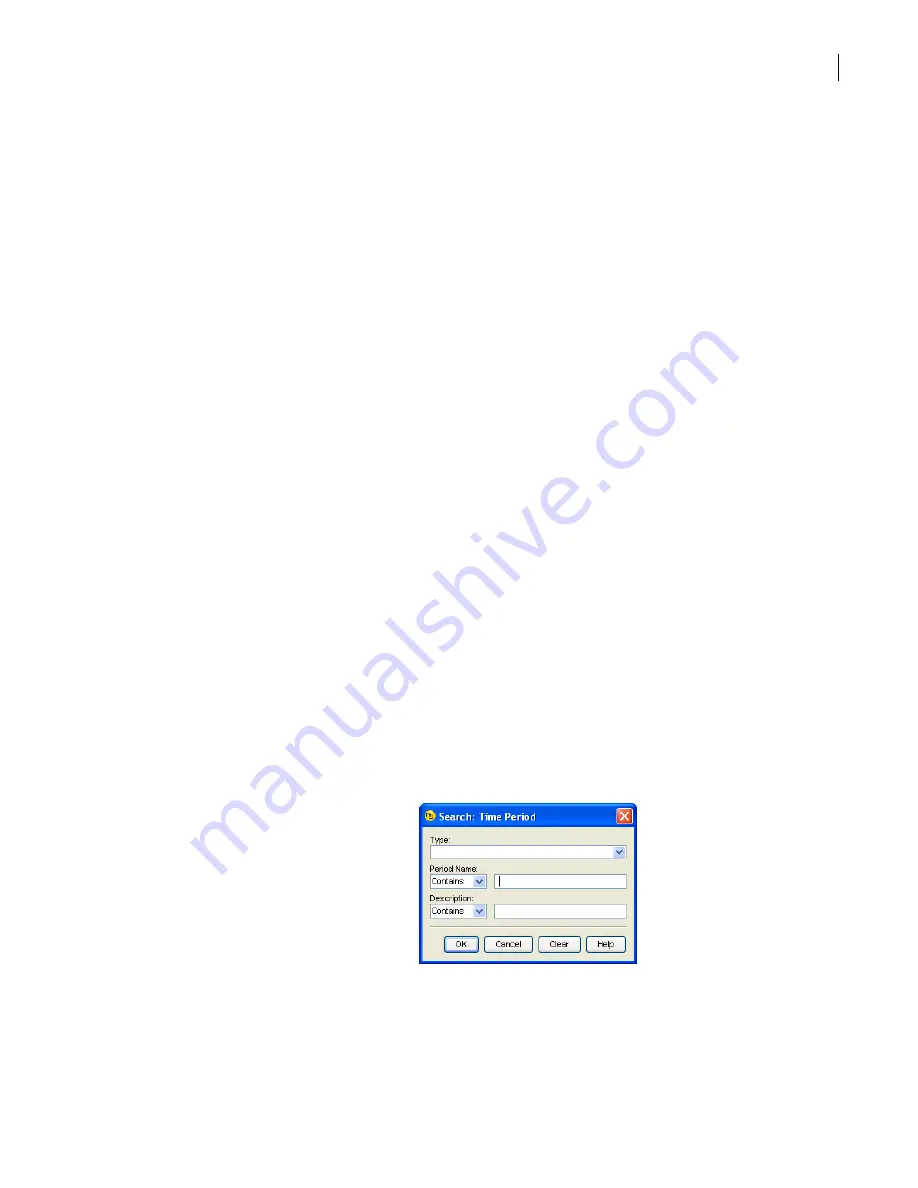
49
Becoming familiar with the SGMI
Working with configurations of objects
Changing sort order and column placement in a table
You can sort objects in a table based on any column of the table. You can also move columns to make it
easy to see the information in the columns that are most important to you.
To change the sort order and column placement in a table
1
In the SGMI, in the right pane, to change the sort order of the table, click on the heading of the
column by which you want to sort.
The current alphabetic or numeric sort order is reversed.
Click again to change the order back.
2
To change column placement, drag the column heading to the location you want.
Adding or removing columns
Object tables display the columns that make the object unique such as object type and name, and
frequently used information like network address, or port used. Most objects include properties that
are not shown in the default column display.
You can add or remove columns to customize your table view.
To add or remove a column
1
Do one of the following:
■
On the View menu, click
Show Columns
.
■
In the table, right click on a row and click
Show Columns
.
2
In the Show Columns dialog box, to display a column in the table, check it.
3
To remove a column from the table display, uncheck it.
4
To return to the default column display, click
Restore Defaults
.
5
To remove the Show Columns dialog box, click
Close
.
Searching for objects in a table
When a table contains a large number of objects, you can reduce the number displayed by searching for
objects that have specific attributes.
To search for objects in a table
1
In the SGMI, above the table of objects, click
Search
.
The Search dialog box for the object contains drop-down lists for the key properties that
differentiate the object. You perform the search using these properties. For example, you can
search for time periods by Period name and Description.
You can search on one key property or a combination of properties.
For some objects, such as time periods and network entities, the type of object is one of the key
differentiators. When the set of objects that you are searching contains more than one type of
object, a Type drop-down list lets you select the object type.
Summary of Contents for Security 5600 Series, Security 5400 Series,Clientless VPN 4400 Series
Page 76: ...76 Managing administrative access Enabling SSH for command line access to the appliance...
Page 242: ...242 Defining your security environment Controlling full application inspection of traffic...
Page 243: ...243 Defining your security environment Controlling full application inspection of traffic...
Page 269: ...268 Limiting user access Authenticating using Out Of Band Authentication OOBA...
Page 373: ...372 Preventing attacks Enabling protection for logical network interfaces...
Page 509: ...508 Generating reports Upgrade reports...
Page 553: ...552 Advanced system settings Configuring advanced options...
Page 557: ...556 SSL server certificate management Installing a signed certificate...
Page 861: ...860 Index...






























